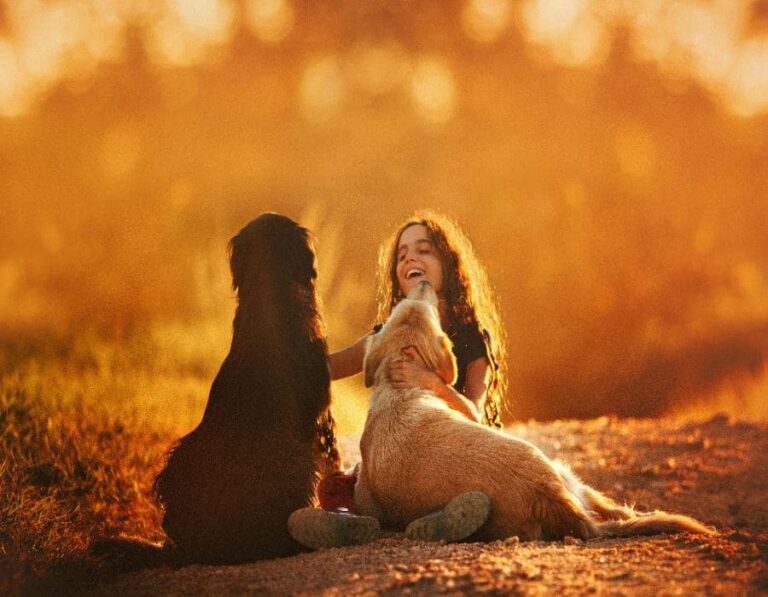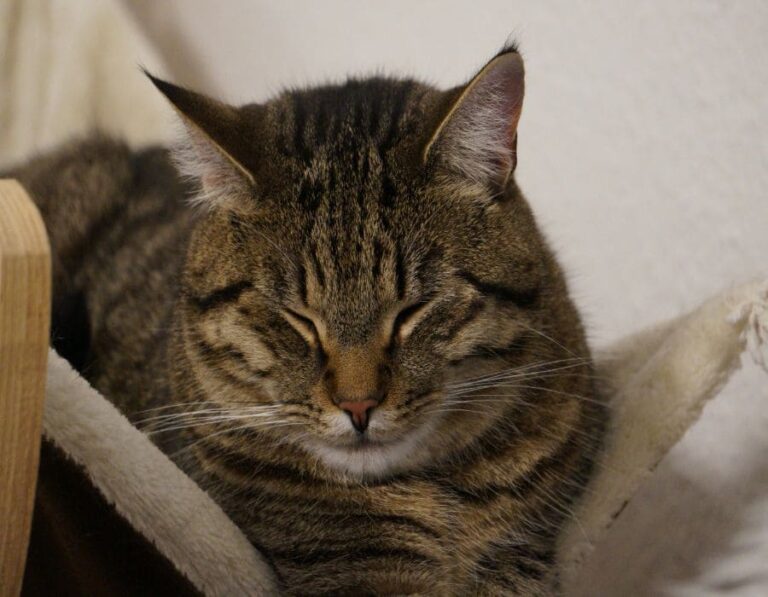8 Natural Predators in the U.S. to Be Wary of If You Have a Cat
As much as we love our cats and enjoy watching them roam freely, the outdoors can pose a serious threat to their safety. Cats are natural hunters, but they are also vulnerable to certain predators, particularly in rural or suburban areas. While most cats can handle the occasional encounter with wildlife, there are some natural predators in the U.S. that can pose a significant danger. Here’s a list of 8 natural predators to be aware of if you have an outdoor cat.
1. Coyotes
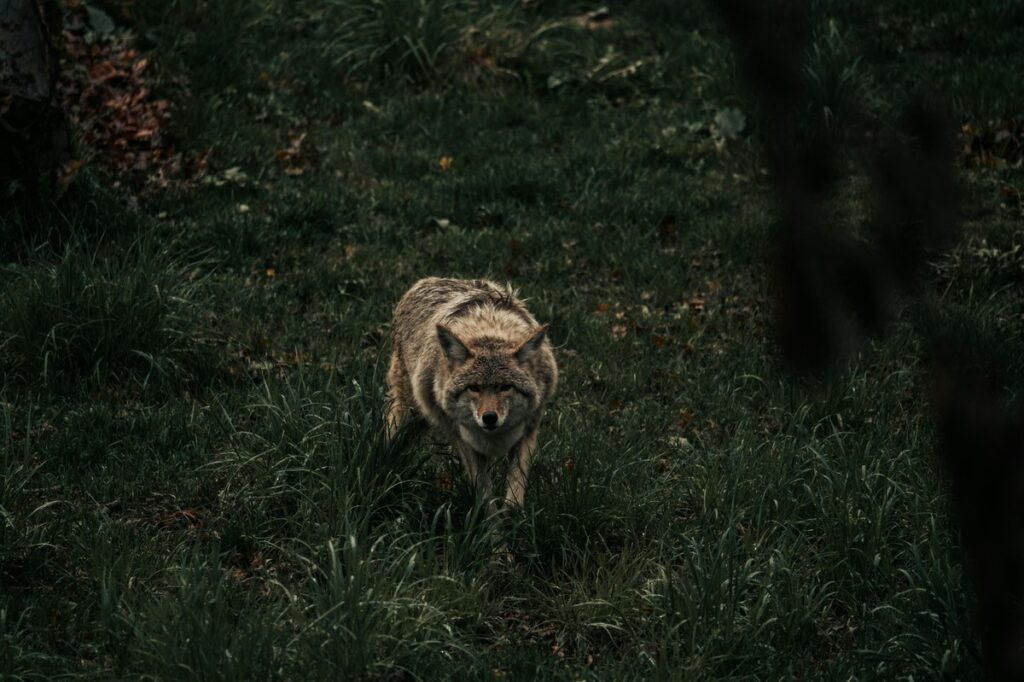
Coyotes are one of the most significant threats to outdoor cats, especially in suburban and rural areas. Coyotes are opportunistic hunters and can view cats as a potential food source. Coyotes are usually active at dawn and dusk, so if your cat is roaming during these times, they may be at risk. Cats are vulnerable to coyotes, as they are fast, strong, and have sharp teeth and claws. It’s best to keep your cat indoors or within a secure, enclosed area to avoid these predators.
2. Great Horned Owls
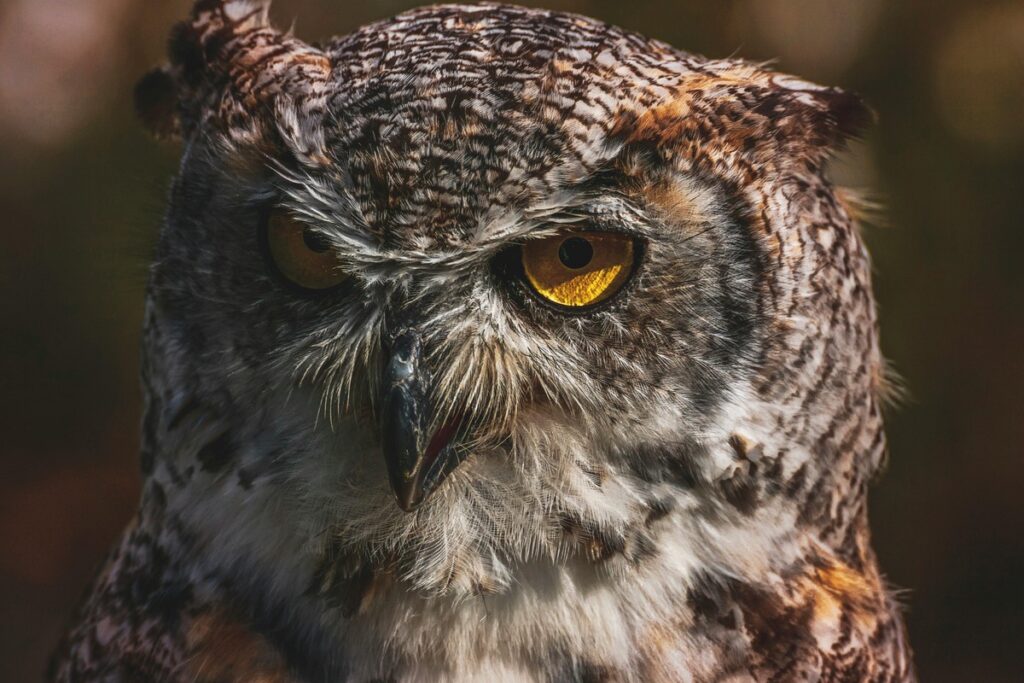
Great Horned Owls are large, nocturnal birds of prey that can pose a serious risk to cats, particularly kittens or smaller adult cats. Owls hunt by swooping down silently from above, using their powerful talons to grab their prey. While they typically hunt smaller animals like rodents, they have been known to target cats in certain situations. Cats who venture out late at night, especially during the owl’s hunting hours, are at risk.
3. Red Foxes
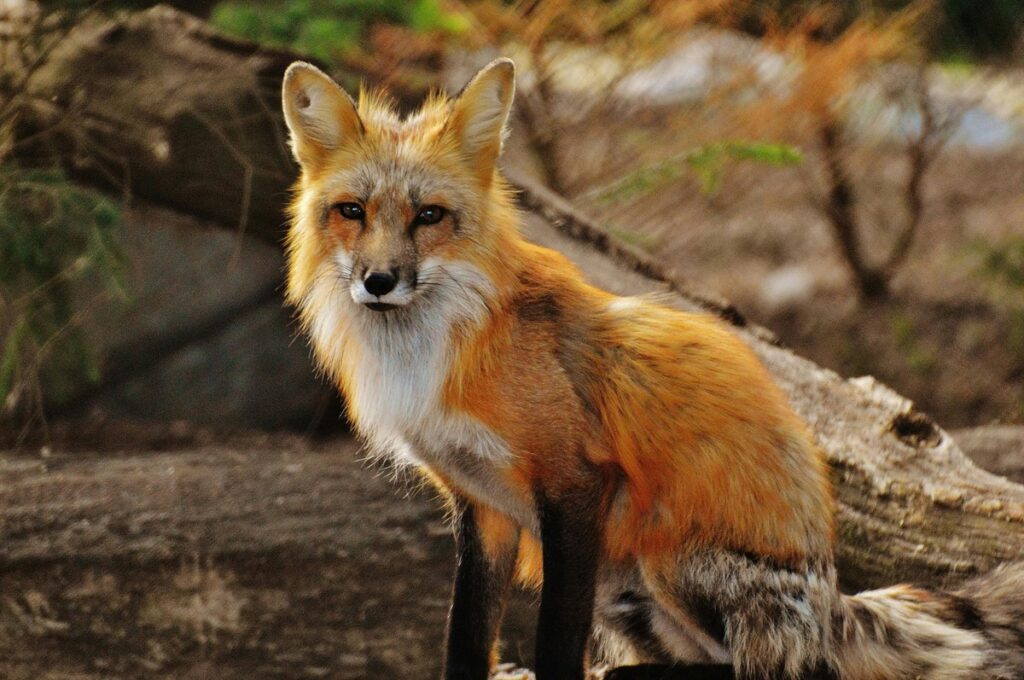
Red foxes, while generally not a major threat to adult cats, can be dangerous to kittens or smaller cats. Foxes are skilled hunters and will sometimes go after small mammals that roam during the night. They typically live in wooded areas or suburban neighborhoods and can sometimes approach human homes in search of food. Foxes are particularly dangerous if your cat is left unsupervised in an area where foxes are known to roam.
4. Raccoons
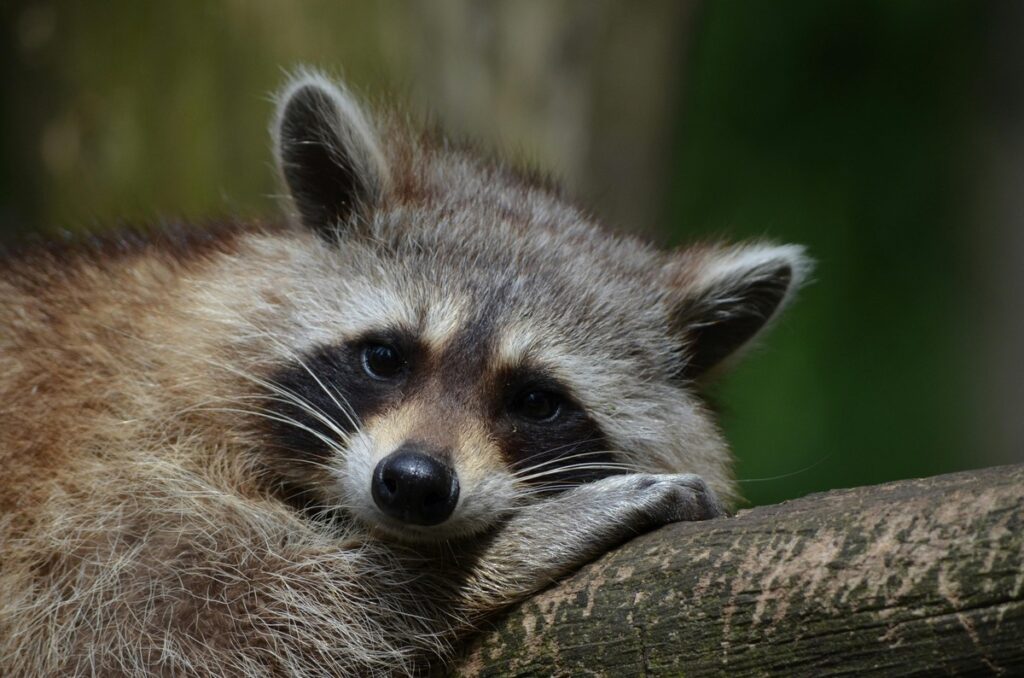
Raccoons are not typically predatory in the same way that coyotes or hawks are, but they can still pose a threat to cats, particularly if the cat feels threatened or cornered. Raccoons are strong and have sharp claws, and they may attack cats if they feel their food source or territory is being encroached upon. While raccoons are more often scavengers, they can also carry diseases like rabies, which can be a concern for your cat if they encounter one.
5. Bobcats
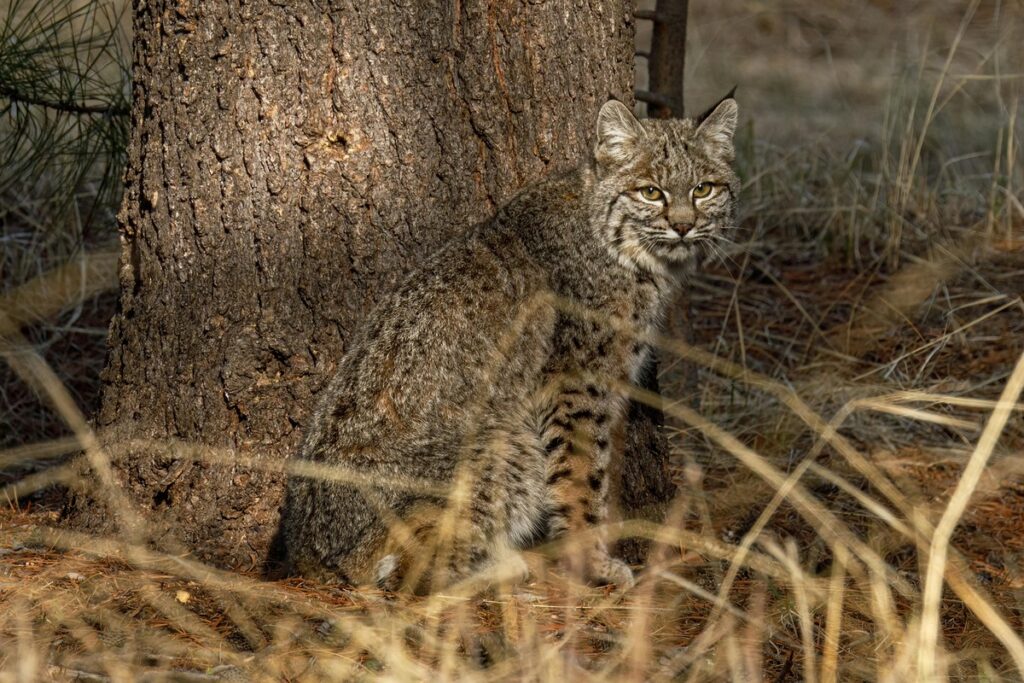
Bobcats, which are found in many regions of the U.S., are highly skilled hunters and can pose a danger to domestic cats. While bobcats typically prefer to hunt smaller animals like rabbits and rodents, they will not hesitate to target a house cat, especially one that is alone in the wild. Bobcats are most active during dawn and dusk, so cats out during these times are particularly vulnerable. These predators are known for their speed, sharp claws, and excellent climbing abilities.
6. Mountain Lions (Cougars)
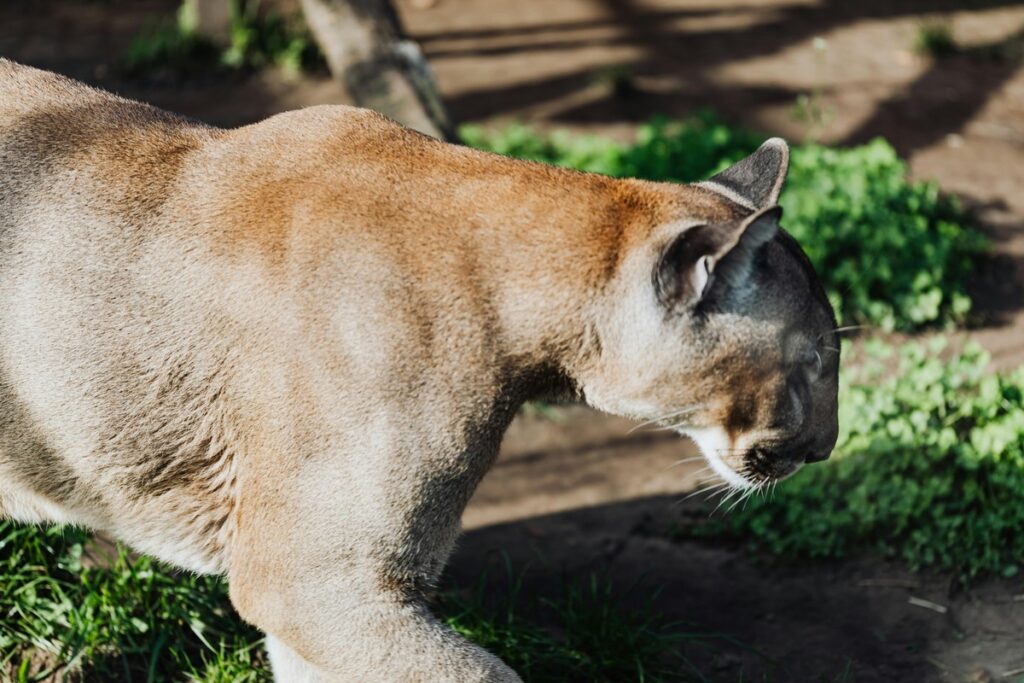
Mountain lions, or cougars, are large, powerful predators that are capable of taking down animals much larger than domestic cats. While mountain lions are more commonly found in remote, mountainous areas, they have been known to encroach on suburban and urban areas, especially in places like California, Colorado, and Arizona. Mountain lions typically avoid human interaction, but outdoor cats in rural areas should be kept indoors to avoid potential encounters with these apex predators.
7. Snakes
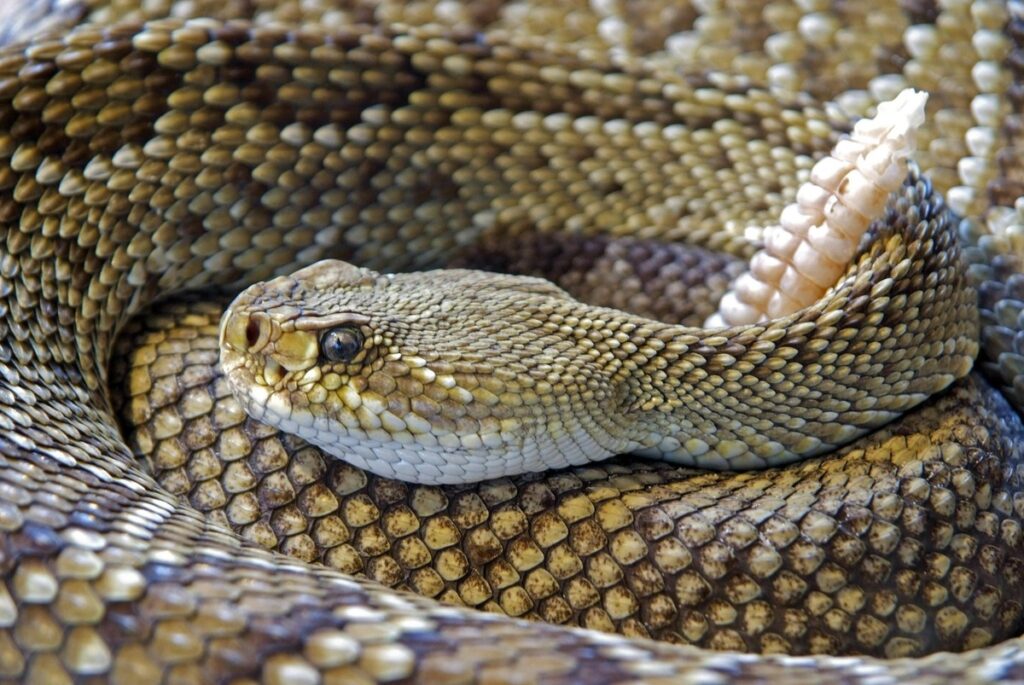
While not typically “predators” in the traditional sense, certain species of snakes can pose a significant threat to cats, especially in warmer, more rural areas. Venomous snakes such as rattlesnakes, copperheads, and water moccasins can deliver a deadly bite. Cats, especially curious ones, may not realize the danger until it’s too late. Keeping an eye on your cat when they are outdoors and ensuring your yard is snake-proof can help minimize the risk.
8. Domestic Dogs
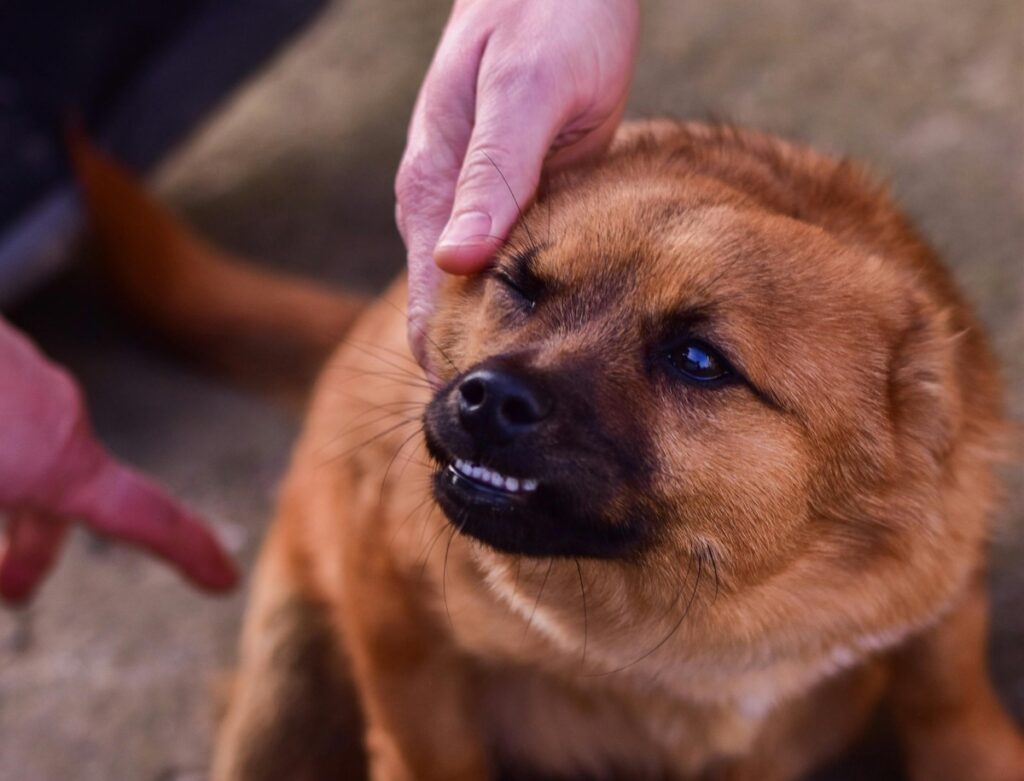
While domestic dogs aren’t typically wild predators, they can still pose a threat to your cat, particularly if they are not well-socialized or have a high prey drive. Dogs can become aggressive toward cats, especially if the cat is outside and the dog is not familiar with them. Even a playful dog can accidentally harm a cat during rough play. Cats that are allowed to roam freely outdoors should be monitored around neighborhood dogs to avoid potentially dangerous situations.
Conclusion
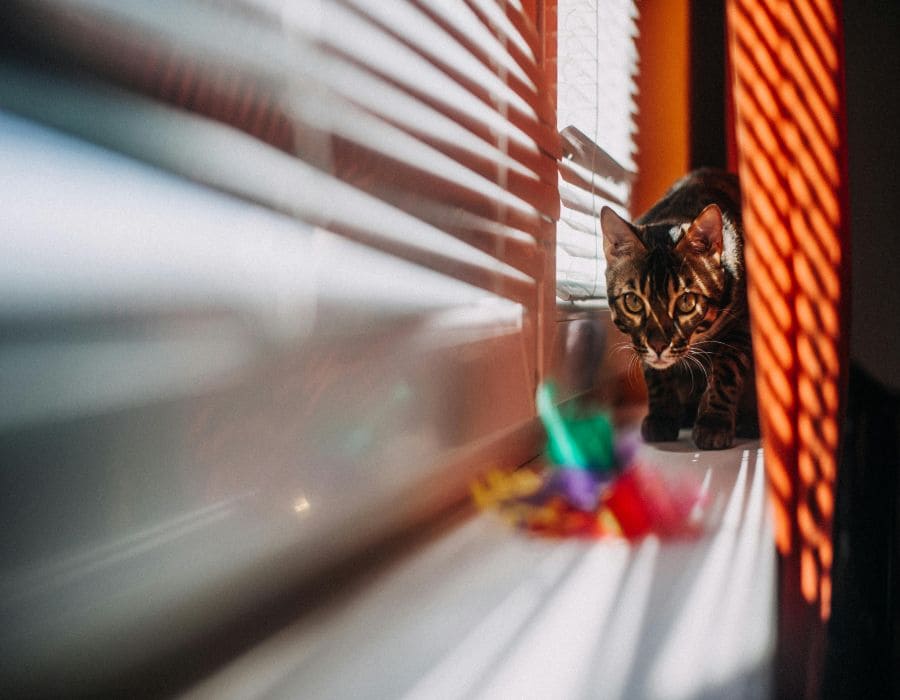
While your cat may love the freedom of the outdoors, it’s essential to be aware of the natural predators that could pose a threat to their safety. From coyotes and bobcats to great horned owls and even domestic dogs, there are many animals that can harm your cat. If you’re in an area where these predators are prevalent, it’s best to keep your cat indoors or invest in a secure outdoor enclosure where they can enjoy the fresh air without being exposed to danger. Understanding the risks and taking precautions will help ensure your cat stays safe and protected.



